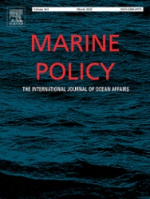Published in: (2024) 163 Marine Policy.
With the oceans covering 70% of the world’s surface, one might be under the illusion that every State might find sufficient space for their activities, nothing could be further from the truth. This was proven once more in January 2022 and August 2023 when Russian vessels sought to engage in military exercises within strategic areas of the Irish and Norwegian exclusive economic zones (EEZs), choosing some of the local fishermen’s preferred locations in the process. Unlike their governments, the local fishermen refused to accept the Russian intrusions and via continuous protest through presence succeeded in forcing the Russian Navy to move the exercises to another area. This example is proof that to this day, the legal framework of the EEZ still gives rise to significant questions and uncertainties, often to the benefit of lawfare lawyers, especially in regards to foreign military activities and overlapping uses of the same area. Art. 56 LOSC awards sovereign resource rights to the coastal State, but arts. 58 and 87 LOSC grant the maritime user State the freedom to navigate. How to reconcile these different uses has for a long time occupied the minds of law of the sea lawyers. In this article, an attempt is made - utilizing a selection of national and international jurisprudence - to clarify the relation between these different uses of the EEZ, their permissibility and why the fishermen’s success in these cases might not so easily be translated into general international law.







